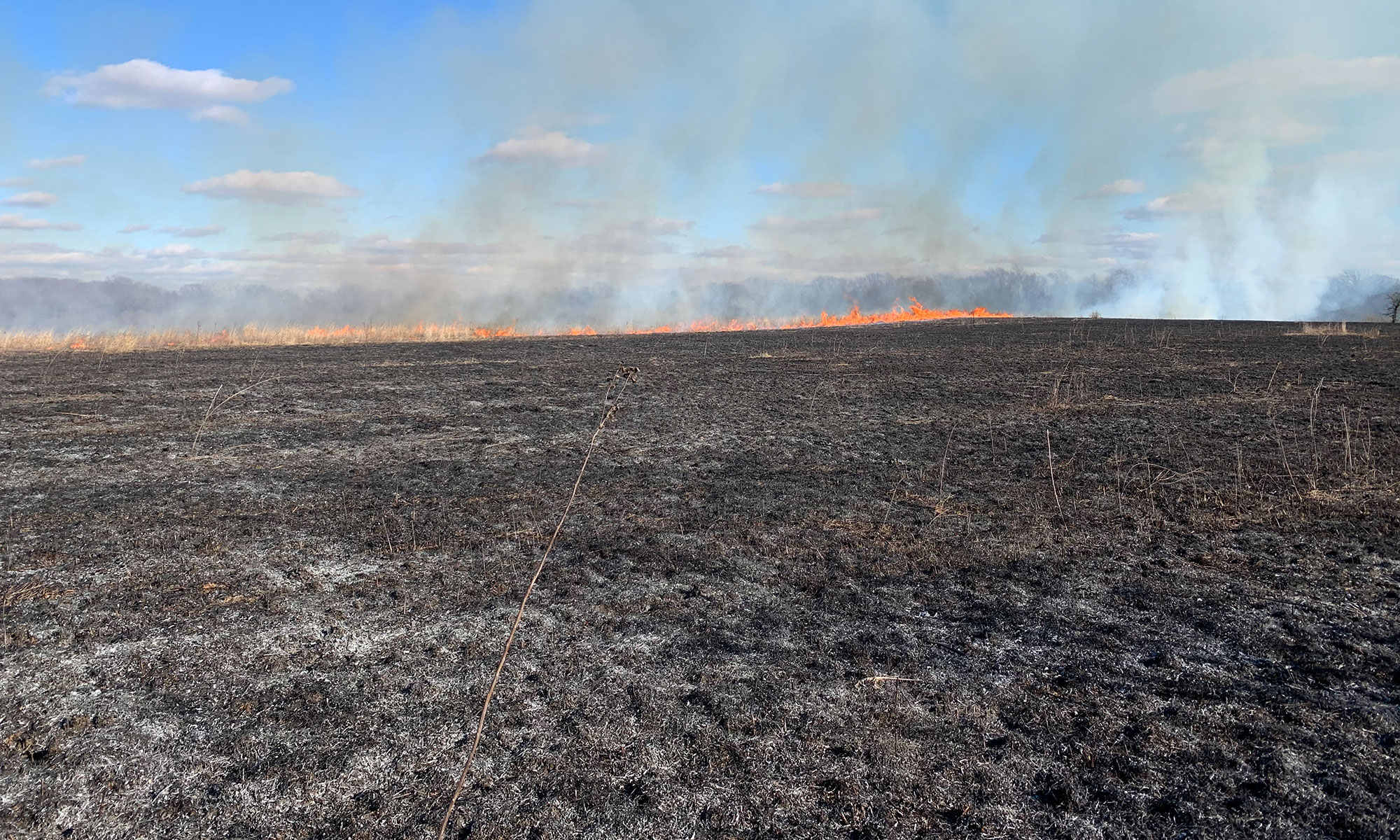Archaeologists conduct replicative experiments to test hypotheses about how people made or experienced things in the past, as well as to understand the formation of the archaeological record. Beginning in the late 1960s and 1970s, experimental archaeology was a critical component to “New Archaeology”. Experiments, such as using traditional technologies, building structures or replicating cooking features are a way to use present-day observations to better interpret what we find in the archaeological record.

The Controlled Archaeological Test Site (CATS)
Experimental features constructed by archaeologists decades ago present unique opportunities to understand how the archaeological record forms over time. Formation processes include not only how people used and disposed of materials, but also the secondary processes that act upon archaeological materials after their discard and burial. EAL recently conducted salvage excavations of experimental archaeological features at the Army Corps of Engineers Construction Engineering Research Laboratory (CERL) in Champaign, Illinois. CERL planned to decommission their Controlled Archaeological Test Site (CATS), which was an experimental archaeological site constructed in 1996 to test remote sensing technologies on buried features. In the fall of 2021, EAL, CERL staff, and student volunteers conducted salvage excavations to recover samples from 25-year-old experimental cooking features, roasting pits, and burned house floors. These types of features are common in Midwestern archaeology; however, there are no reference materials from experimental features for use in soil micromorphology studies. Twenty-five years of burial has led to the decomposition of perishable materials and the mixing (bioturbation) of soils by root and insect action, yet some attributes of these features remain. Observations of compressed surfaces of house floors, thick accumulations of charcoal and a millimeter thick rind of fire-hardened soil at the base of a roasting pit are all useful for interpreting similar ancient features left behind in the archaeological record.
The EAL is actively engaged in analyzing these samples and we use these samples as reference materials to help interpret ancient cultural features. EAL is identifying more sites from the heyday of experimental archaeology to sample in future studies. CERL supported the collection of the soil samples, and a donation by Mr. Bob Hormell funded the preparation of slides.




